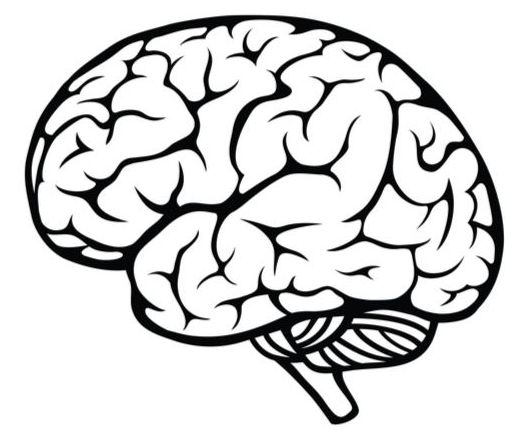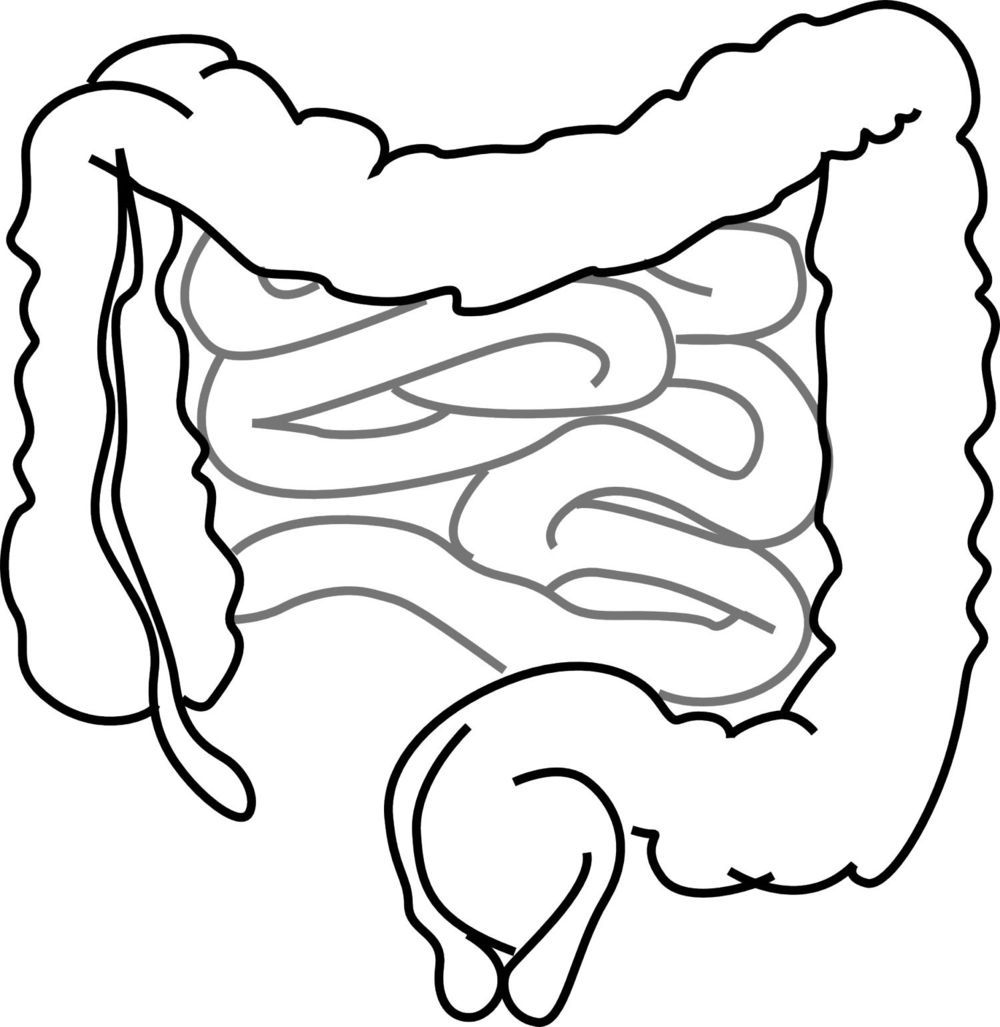New treatment could potentially cure Alzheimer’s disease.
Get the latest international news and world events from around the world.

New Age of Autonomous Jet Fighters on Horizon
The scenario military thinkers propose would double the number of jet fighters in a typical battle formation from four to eight. But instead of the additional aircraft being identical to an F-35 joint strike fighter, or F-15E Strike Eagle, they are low-cost, unmanned jets.
One might carry extra air-to-air missiles. Another may only have a sensor suite to boost situational awareness for the pilots in the traditional aircraft.
Whatever their payload, the enemy has to contend with double the number of targets on their radars. They have multiple “dilemmas” in front of them, giving U.S. forces an asymmetric advantage.

LATE: A Disease That Mimicks Alzheimer’s Disease
A recent article, published in the Oxford journal Brain, categorizes and draws attention to an age-related disease that impacts the brain yet is widely unknown, even among scientists: limbic-predominant age-related TDP-43 encephalopathy (LATE) [1].
The symptoms of this disease are similar to those of Alzheimer’s disease. It causes cognitive impairment and, when presenting alongside Alzheimer’s disease, can lead to even faster degeneration along with heightened agitation and aggression.
This new disease has been found to impact very specific areas of the brain – generally traveling vertically through the brain, it degenerates areas partly responsible for emotions, memory, and language, influencing different areas depending on its stage.

Death could soon become a curable disease
I’m excited to share my new #transhumanism article out at Metro, on of UK’s largest sites. It’s part of their #FutureofEverything series. Check out the artwork too:
Whatever science transhumanists want to use to become a better species, overcoming biological death is the movement’s primary goal.
Most deaths in the world are caused by ageing and disease. Approximately 150,000 people die every day on planet Earth, causing devastating loss to loved ones and communities.
I think the first step in getting this figure to decrease is for governments around the world to declare ageing a disease.
If society were to see ageing like it sees cancer or diabetes, then I believe more would be done to fight it.

It’s not just fish, plastic pollution harms the bacteria that help us breathe
“We looked at a group of tiny, green bacteria called Prochlorococcus which is the most abundant photosynthetic organism on Earth, with a global population of around three octillion (~1027) individuals,” says Sasha.
Ten per cent of the oxygen we breathe comes from just one kind of bacteria in the ocean. Now laboratory tests have shown that these bacteria are susceptible to plastic pollution, according to a study published in Communications Biology.
“We found that exposure to chemicals leaching from plastic pollution interfered with the growth, photosynthesis and oxygen production of Prochlorococcus, the ocean’s most abundant photosynthetic bacteria,” says lead author and Macquarie University researcher Dr. Sasha Tetu.
“Now we’d like to explore if plastic pollution is having the same impact on these microbes in the ocean.”

The Rise of India’s New Billionaires (And the Fall of the Old)
While old business clans continue to dominate India’s rich lists, a tenfold expansion in its economy since its opening in the 1990s has spawned new tycoons in fields like technology. The number of billionaires in India more than doubled to 119 between 2013 and 2018, according to Knight Frank. And the country will lead the global growth in ultrahigh net worth individuals, with its numbers rising 39 percent to 2,697 by 2023, the researcher estimates.
India is going through one of the greatest periods of wealth creation — and destruction — all at the same time.
A new breed of self-made entrepreneurs is vaulting into the ranks of the wealthy, offsetting billions lost by debt-burdened industrialists and members of the country’s old dynasties. The changes are set to help India’s ultra-rich population grow at the world’s fastest pace.


Common food additive E171 found to affect gut microbiota
University of Sydney research provides new evidence that nanoparticles, which are present in many food items, may have a substantial and harmful influence on human health.
The study investigated the health impacts of food additive E171 (titanium dioxide nanoparticles) which is commonly used in high quantities in foods and some medicines as a whitening agent. Found in more than 900 food products such as chewing gum and mayonnaise, E171 is consumed in high proportion everyday by the general population.
Published in Frontiers in Nutrition, the mice study found that consumption of food containing E171 has an impact on the gut microbiota (defined by the trillions of bacteria that inhabit the gut) which could trigger diseases such as inflammatory bowel diseases and colorectal cancer.

CRISPR might soon create spicy tomatoes
Looking for perfect heat and lots of it? Gene engineers in Brazil think they might be able to create eye-watering tomatoes.
Hot stuff: Even though chili peppers and tomato plants diverged from a common ancestor millions of years ago, tomatoes still possess the genetic pathway needed to make capsaicinoids, the molecules that make chilis hot.
Now, Agustin Zsögön from the Federal University of Viçosa in Brazil writes in the journal Trends in Plant Science that gene-editing tools like CRISPR could turn it back on.